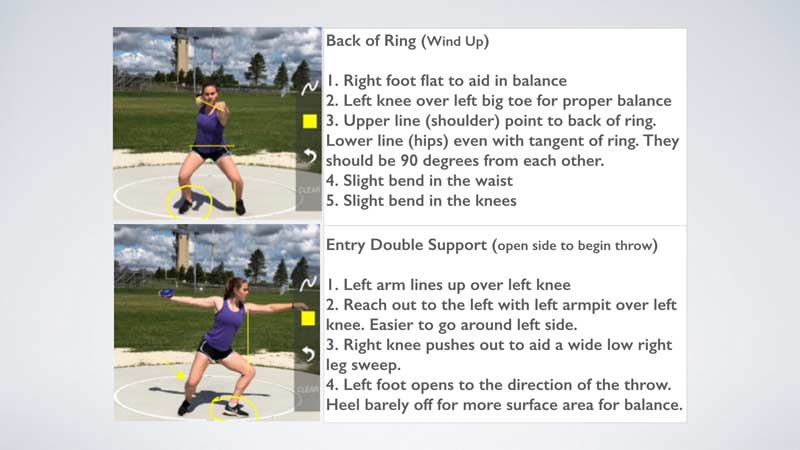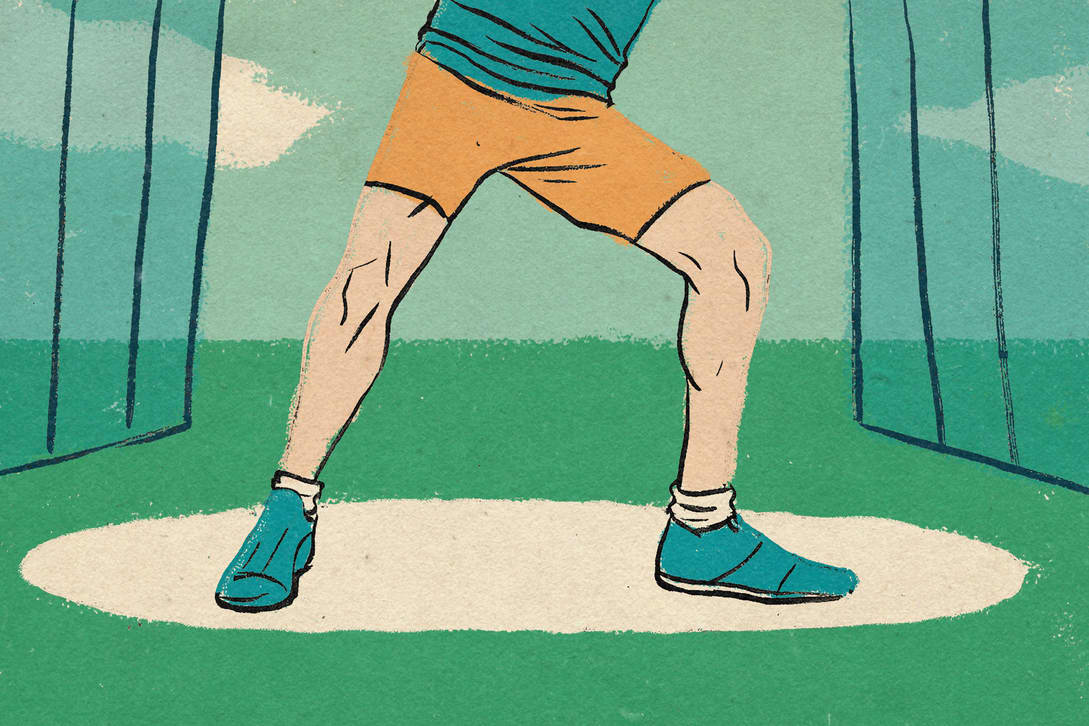4throws Fundamentals Explained
4throws Fundamentals Explained
Blog Article
9 Simple Techniques For 4throws
Table of ContentsThe Facts About 4throws UncoveredSome Known Incorrect Statements About 4throws The 15-Second Trick For 4throwsA Biased View of 4throws4throws for Dummies
Otherwise, the young pitchers might be most likely to have elbow joint and shoulder injuries. It prevails for an instructor to "obtain" a bottle when the maximum number of pitches has actually been tossed or if the game situation requires a change. If the bottle proceeds to play in that video game, he should be positioned at shortstop or third base where long hard throws are needed on a currently weary arm.This mix causes way too many tosses and raises their threat of injury - Discus kids. The safest place is relocating to 2nd or 1st base where the throws are much shorter and much less stress and anxiety is placed on the arm. It is also essential to understand how much time to relax young pitchers in order to allow the very best recovery between trips
Bottles need to likewise ice their shoulders and elbows for 20 mins after throwing to advertise healing. Body and arm exhaustion change technicians and lead to injury.
Anybody can throw a round "over-hand," but not every person can do it well. While tossing a round shows up simple, it is in fact a facility collection of movements. Accurate pitching with pressure or speed calls for the entire body and not simply the shoulder and arm. Every component of the bone and joint system is actually entailed.
Not known Facts About 4throws

(https://anyflip.com/homepage/gsyeu#About)The shoulder joint is comprised of 3 bones, scapulae, clavicle and humerus. The head of the humerus rests on the Glenoid fossa of the scapula where it expresses when the muscular tissues of the shoulder agreement to move the arm. The head is held "against" the glenoid surface using the 4 Potter's wheel Cuff (RTC) muscle mass, which act in unison and develop a pressure couple when the arm is relocated.
The further the shoulder can be externally revolved while it is abducted, the greater the ball can be tossed with force and speed, supplying all other body parts and movements are in synch. If any type of facet of these auto mechanics is "off," an injury can strike the shoulder or elbow joint that can bring about the failure to throw a sphere.
It is the start of the tossing motion, preparing the "body parts" for the act of throwing a round. Motion takes place in the lower extremities and upper body where the large majority of "power" to throw a round is created.
A Biased View of 4throws
This shoulder position puts the former upper quadrant musculature on a "stretch" and prepares it to get vigorously when the arm begins to relocate onward in the next stage of the tossing motion. The body starts to relocate onward in the direction of its target during this phase. The lead shoulder is directed at the target and the tossing arm proceeds to move into extreme external turning.

When the ball is released, the posterior quadrant musculature starts to contract eccentrically and violently to decrease and control the rotational speed of the Humeral head. In theory, if the eccentric control of the Humeral head did not take place the arm would certainly proceed to revolve inside and "rotate" uncontrollable.
The smart Trick of 4throws That Nobody is Discussing
The final phase of tossing is the follow-through. This phase reduces down all body movements and quits the forward motion of the body.
Throwing a sphere "over-hand" involves motion in all components of the body. If the auto mechanics are done correctly, the sphere can be thrown with great speed and precision. If the body is trained properly, the act of tossing can be performed over and over again without triggering an injury to the tossing shoulder.

Paul Whatley, M.D. "When I was a kid, baseball was just in the springtime and early summertime, so children had plenty of time to recover from any type of concerns connected to recurring activities and tension," he claims. "Now, in order to maintain up with everyone else, there is intense stress for players to go from the spring season directly into summertime 'All-Star' competitions and displays, followed by 'Fall Ball.' Consequently, there can be extremely little time for the body to recoup from a sporting activity where repeating is the key to creating the muscular tissue memory for success.
The 5-Second Trick For 4throws
When this activity is executed over and over at a high price of speed, it puts considerable tension on the growth locations of the elbow joint and the physiological framework of the shoulder, particularly in the late cocking my explanation and follow-through stages. As a result of this, a few of the most typical injuries seen in baseball gamers influence the shoulder and joint.
Report this page